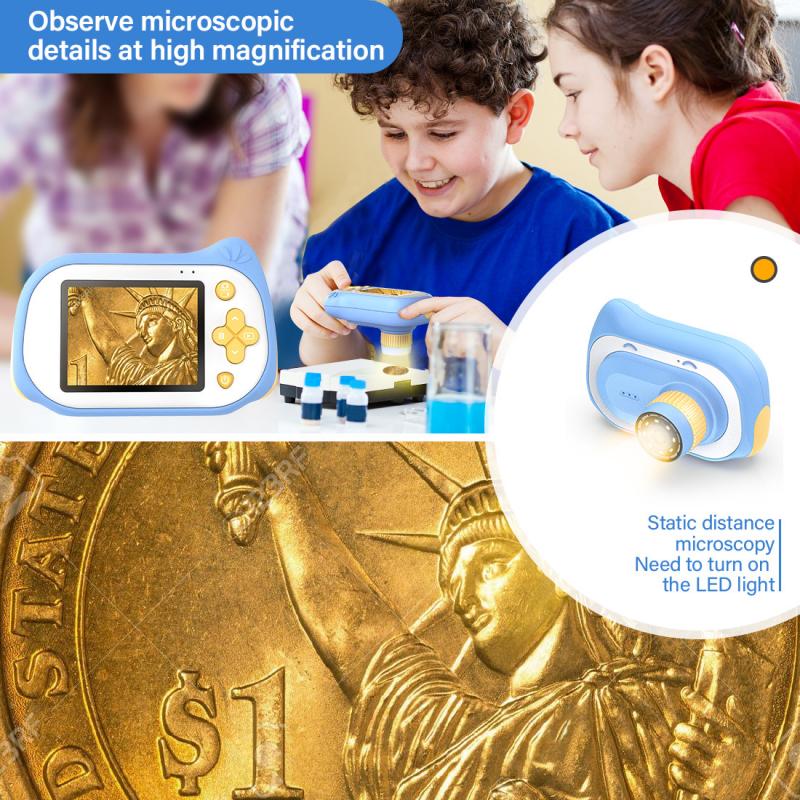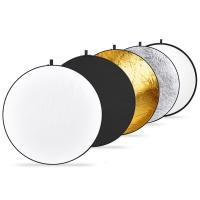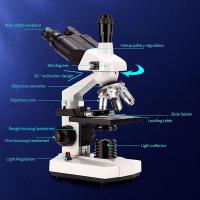Where Are Electron Microscopes Used ?
Electron microscopes are used in various fields such as materials science, biology, and nanotechnology. They are commonly used in research laboratories, universities, and industrial settings.
1、 Biological research and imaging
Electron microscopes are widely used in biological research and imaging. These powerful instruments use a beam of electrons instead of light to magnify and visualize samples at extremely high resolution. This allows scientists to study the intricate details of biological structures and processes that cannot be observed with traditional light microscopes.
One of the main applications of electron microscopes in biological research is the study of cell ultrastructure. By using transmission electron microscopy (TEM), scientists can examine the internal structures of cells, such as organelles, membranes, and cytoskeletons, with nanometer-scale resolution. This has greatly contributed to our understanding of cellular functions and processes.
Electron microscopes are also used in the field of molecular biology. With the advent of cryo-electron microscopy (cryo-EM), researchers can now visualize the three-dimensional structures of macromolecules, such as proteins and nucleic acids, at near-atomic resolution. This technique has revolutionized the field of structural biology, enabling the determination of complex molecular structures and aiding in drug discovery and development.
In addition to biological research, electron microscopes find applications in various other fields. For example, they are used in materials science to study the microstructure and composition of materials, helping to develop new materials with improved properties. Electron microscopes are also utilized in forensic science, environmental science, and nanotechnology research.
The latest advancements in electron microscopy include the development of faster and more sensitive detectors, which allow for higher resolution imaging and faster data acquisition. Additionally, the integration of electron microscopy with other techniques, such as spectroscopy and tomography, provides a more comprehensive understanding of biological samples.
In conclusion, electron microscopes are indispensable tools in biological research and imaging. They enable scientists to explore the intricate details of cells and molecules, contributing to advancements in various fields and expanding our knowledge of the natural world.

2、 Material science and nanotechnology
Electron microscopes are extensively used in the field of material science and nanotechnology. These powerful instruments allow scientists to observe and analyze materials at the atomic and molecular level, providing valuable insights into their structure, composition, and properties.
In material science, electron microscopes are used to study the microstructure of materials, such as metals, ceramics, and polymers. By examining the arrangement of atoms and defects within a material, scientists can gain a better understanding of its mechanical, thermal, and electrical properties. This knowledge is crucial for the development of new materials with enhanced performance and functionality.
Nanotechnology, on the other hand, deals with the manipulation and control of matter at the nanoscale. Electron microscopes play a vital role in this field by enabling researchers to visualize and characterize nanomaterials, such as nanoparticles, nanotubes, and nanowires. These instruments allow scientists to precisely measure the size, shape, and distribution of nanoparticles, which is essential for designing and optimizing nanomaterials for various applications, including electronics, energy storage, and medicine.
Moreover, electron microscopes are also used in interdisciplinary research areas, such as biology, chemistry, and environmental science. In biology, electron microscopes help in studying the ultrastructure of cells and tissues, providing detailed information about cellular organelles, protein complexes, and cellular interactions. In chemistry, electron microscopes aid in the analysis of chemical reactions and the characterization of catalysts. In environmental science, these instruments are used to investigate the morphology and composition of pollutants, helping to understand their impact on ecosystems.
In recent years, there have been significant advancements in electron microscopy techniques, such as high-resolution imaging, electron energy loss spectroscopy, and electron tomography. These advancements have further expanded the applications of electron microscopes, allowing scientists to explore new frontiers in materials science and nanotechnology. For example, electron microscopy is now being used to study two-dimensional materials, such as graphene, and to investigate the behavior of materials under extreme conditions, such as high temperatures and pressures.
In conclusion, electron microscopes are indispensable tools in the fields of material science and nanotechnology. They enable scientists to visualize and analyze materials at the atomic and molecular level, providing valuable insights for the development of new materials and technologies. With ongoing advancements in electron microscopy techniques, the applications of these instruments continue to expand, opening up new possibilities for scientific research and technological innovation.

3、 Forensic analysis and criminal investigations
Electron microscopes are widely used in various fields for their ability to provide high-resolution images and detailed analysis of samples. One area where electron microscopes have proven to be invaluable is in forensic analysis and criminal investigations.
In forensic analysis, electron microscopes are used to examine trace evidence such as fibers, hair, and gunshot residue. The high magnification and resolution of electron microscopes allow forensic scientists to identify and compare microscopic features that may be crucial in linking a suspect to a crime scene. For example, electron microscopy can reveal unique characteristics of fibers that can help determine their origin or match them to a specific source.
Moreover, electron microscopes are used to analyze tool marks left at crime scenes. By examining the fine details of these marks, forensic experts can determine the type of tool used and potentially link it to a specific suspect or weapon. This information can be crucial in building a strong case against a perpetrator.
Additionally, electron microscopes are used in the analysis of counterfeit currency and documents. By examining the intricate details of banknotes or documents, forensic experts can identify discrepancies or irregularities that may indicate forgery. This helps in preventing financial fraud and ensuring the integrity of legal documents.
Furthermore, electron microscopes are increasingly being used in the analysis of gunshot residue. By examining the particles left behind after a firearm is discharged, forensic scientists can determine the type of weapon used and potentially link it to a suspect. This information can be crucial in reconstructing crime scenes and providing evidence in court.
In recent years, advancements in electron microscopy techniques, such as scanning electron microscopy and transmission electron microscopy, have further enhanced the capabilities of forensic analysis. These advancements have allowed for more detailed analysis of samples, leading to more accurate and reliable results.
In conclusion, electron microscopes are extensively used in forensic analysis and criminal investigations. Their high-resolution imaging capabilities and ability to analyze microscopic features make them invaluable tools in identifying and linking evidence to suspects, analyzing tool marks, detecting counterfeit currency, and analyzing gunshot residue. With ongoing advancements in electron microscopy techniques, the field of forensic analysis is likely to benefit even more from these powerful instruments in the future.

4、 Semiconductor industry and electronics manufacturing
Electron microscopes are widely used in various fields, including the semiconductor industry and electronics manufacturing. These powerful instruments have revolutionized our understanding of materials and their properties at the nanoscale level.
In the semiconductor industry, electron microscopes play a crucial role in research and development, quality control, and failure analysis. They are used to examine the structure and composition of semiconductor materials, such as silicon wafers, integrated circuits, and transistors. Electron microscopes can provide detailed information about the crystal structure, defects, and impurities present in these materials, which is essential for optimizing their performance and reliability.
Electronics manufacturing also heavily relies on electron microscopes for quality control and process optimization. These microscopes are used to inspect the surface morphology, dimensions, and alignment of electronic components, such as printed circuit boards (PCBs), microchips, and connectors. By detecting any defects or abnormalities, manufacturers can ensure the production of high-quality and reliable electronic devices.
Moreover, electron microscopes are increasingly being used in the field of nanotechnology. Researchers utilize these instruments to investigate and manipulate nanoscale structures, such as nanoparticles, nanotubes, and nanowires. Electron microscopy enables scientists to visualize and characterize these tiny structures, which is crucial for advancing nanotechnology and developing new materials with unique properties.
In recent years, electron microscopes have also found applications in the field of biological sciences. They are used to study the ultrastructure of cells, tissues, and biomolecules. Electron microscopy allows researchers to visualize the intricate details of biological samples, providing insights into cellular processes and disease mechanisms.
Overall, electron microscopes are indispensable tools in the semiconductor industry, electronics manufacturing, nanotechnology, and biological sciences. Their ability to provide high-resolution imaging and detailed analysis at the nanoscale level has revolutionized these fields and continues to drive advancements in materials science, technology, and medicine.








































